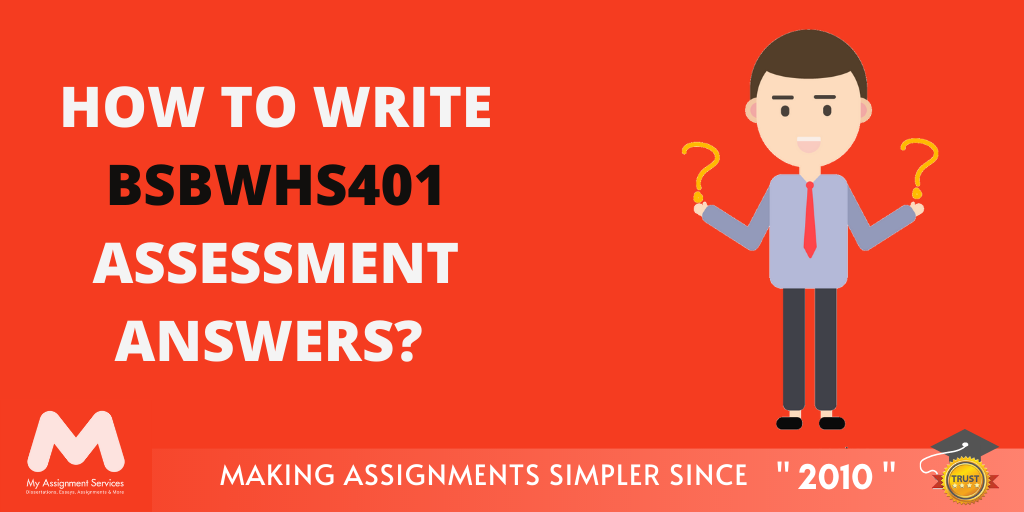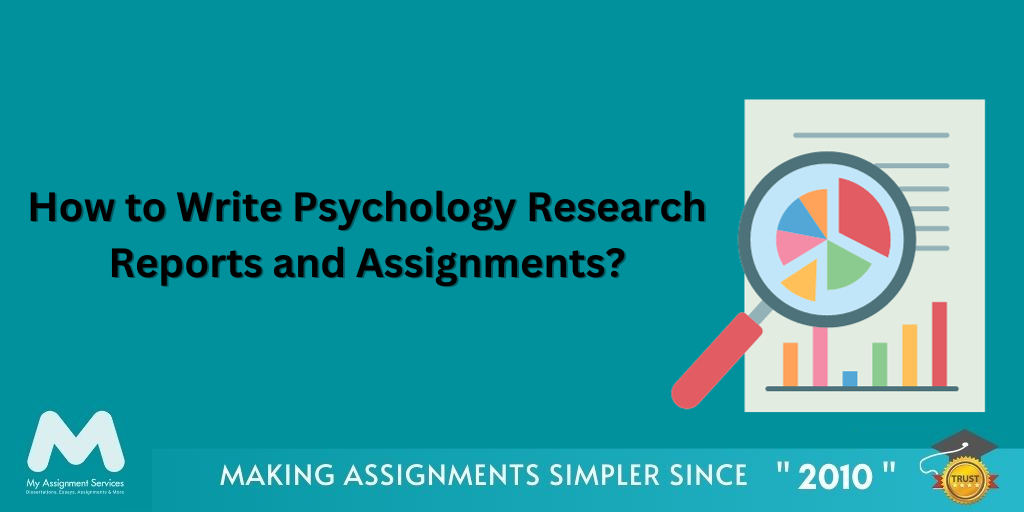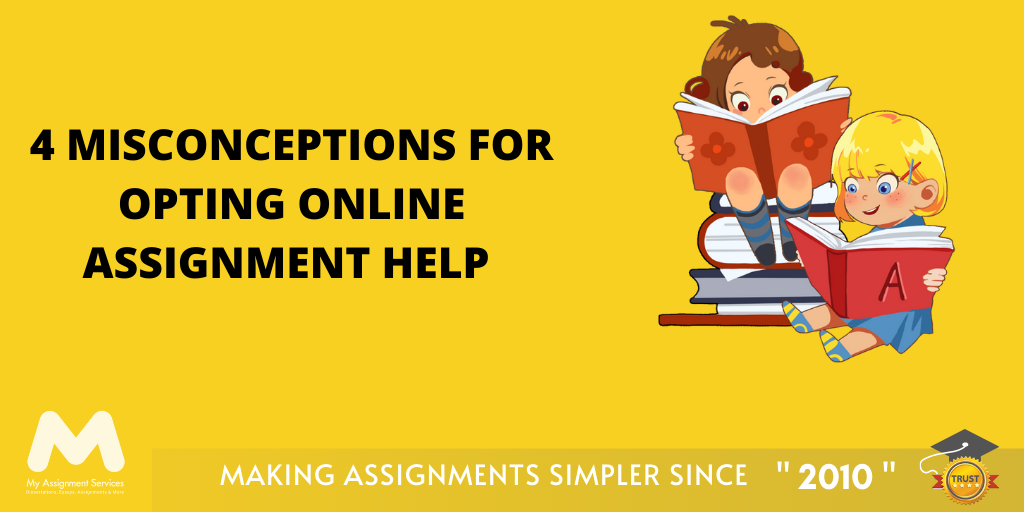Risk assessment includes various systematic procedures of detecting hazards and analysing any risk factors in a workplace, and implementing control measures to decrease the risks at the workplace.
The risk management framework is based on three major points:
- Accident: Loss due to an unplanned event.
- Hazard: Potential harm caused due to an accident.
- Risk: The degree of loss due to a hazard, injury, damage, and loss.
These three factors are the basis for the risk management models; the measures to prevent accidents are implied to prevent hazards and risks at the workplace. This unit talks about the various measures and how effective they are at preventing risks, the need for such measures, and methods for improving them.
The manager's role is to help the team members identify the hazards in the workplace or suggest methods to make it safer. They are tasked to communicate with the team members and note their suggestions. The manager's input is crucial for developing work safety models and improving them. Read forth to get BSBWHS401 formative assessment answers.
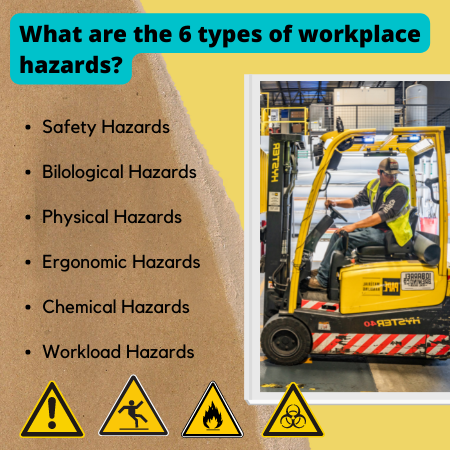
The staff members of an organisation are informed regarding the workplace hazards and the outcomes of risk management via email, notice on the website or physical notice in the workplace bulletin. They are well aware of the WHS and hazards and the outcomes of risk assessments, yet it is often not enough for effective implementation. To make the implementation effective, the team members should have regular meetings with the managers or office manager to discuss the same. Such concepts are important in BSBWHS401 assessment answers.
The recorded number of fatalities at the workplace under the age of 25 in Australia was 194, 8 females and 186 males in 2021 - Safe Work Australia
If the management is aware of the hazards and the risks, the control measures need to be put in place. The WHS Act for imposing control procedures involves reducing the risks at the workplace. If reducing risks to the minimum levels is not possible, it must be at a level that supports reasonable practice.
When aligning the suitable risk management procedures, various options are considered; the control measures must be effective in hazard control or minimise circumstantial risks. A single control measure or a combination of various procedures must be implemented to support the maximum level of safety for reasonable practice at workplaces.
Some of the hazards and risks can be easily addressed and fixed, while others (radio waves immersion, chemical hazards, gas leaks, etc.) require a detailed procedure that must be implemented with effect. The hazards that seek more effort require prioritising the safety of the workers and focusing on the hazards that pose the maximum risk. You will learn all about these hazards in bsbwhs401 formative assessment answers.
Did you know that repetitive data entry, long periods of sitting, high workload, and exposure to stressful situations are also workplace hazards that can affect workers' health?
Such concepts may seem mundane, yet are relevant for effective management. Working through your assignments will require you to go through the various stages of researching, drafting, compiling your research papers, ect. It can get overwhelming to do all of it, get management assignment help to get free resources and affordable live guided sessions. Our experts can help you throughout the process of compiling your assignment.
What Are the Differences Between the Hazards At A Manufacturing Business And An Office-Based Business?
Diverse work settings require different safety measures as the type of risks involved is also different. The office-oriented work environment includes hazards like fire safety, the functioning of the work equipment (laptop/computers, printers, ect), and injuries in office premises.
On the other hand, the manufacturing business is more first-hand labour and requires workers to be adept at working in extreme conditions and operating the manufacturing machines. The factory-oriented workplace hazards include extreme risks of fire, leakage of chemicals or gases, emission of radio waves, and professional hazards caused due to the chemicals used in manufacturing. Focus on these for bsbwhs401 formative assessment answers:
Manufacturing Business
- Heavy lifting or pushing, the weight or shape of the object may pose a risk for the workers.
- Slipping, falling, or tripping on the floor or the storage.
- Hand tools such as drills, saws, hammers, etc.
- Noises from the machines pose a risk of hearing impairment.
- Inhaling or accidental chemical intake through the eyes or mouth is dangerous and poses a long-term hazard.
Over 763 million Australian dollars were paid to workers as compensation for serious mental health hazards due to COVID during 2020-21 - Safe Work Australia
Office Business
- Bad or low lighting results in bad eyesight.
- Adjustable office furniture may pose posture hazards.
- Extreme temperatures entail health risks.
- Contagious illness (especially COVID-19 spread) has been a major risk factor at workplaces.
- Slipping, falling, or other minor injuries can occur within the office premises.
- Getting electrocuted due to sockets or wires.
- Accidental fire or arson hazard.
- Stress is also a huge risk factor that almost all workers go through regardless of the work environment.
Every profession has risks, hazards, and negative outcomes, but risk management may help prevent accidents or reduce losses. Regardless of the work environment, the concerns for workplace safety must be taken into account. The managers are responsible for communicating with their team and informing them about the safety measures, hazards, and the right procedure to deal with accidents and emergencies. These are a few of the most sought-after answers in the BSBWHS401 assessment.
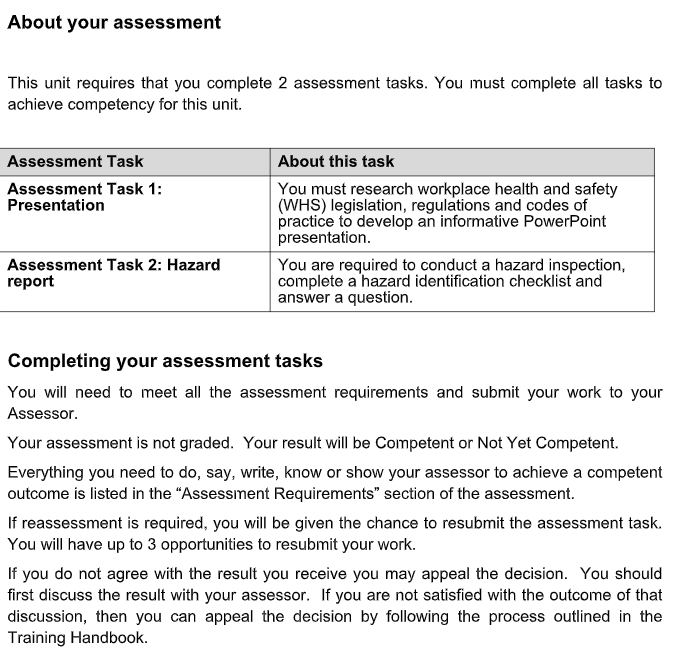
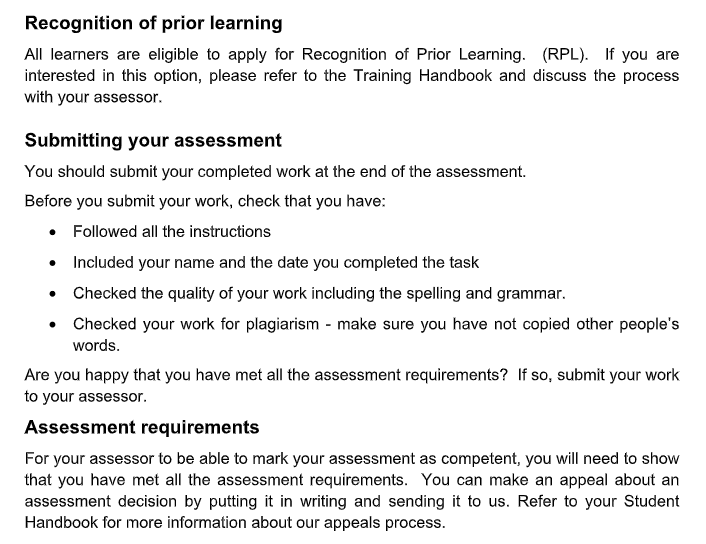
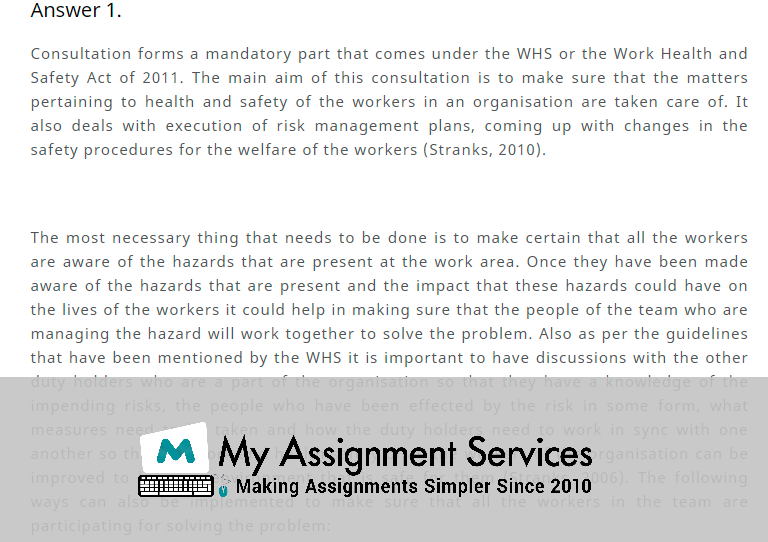
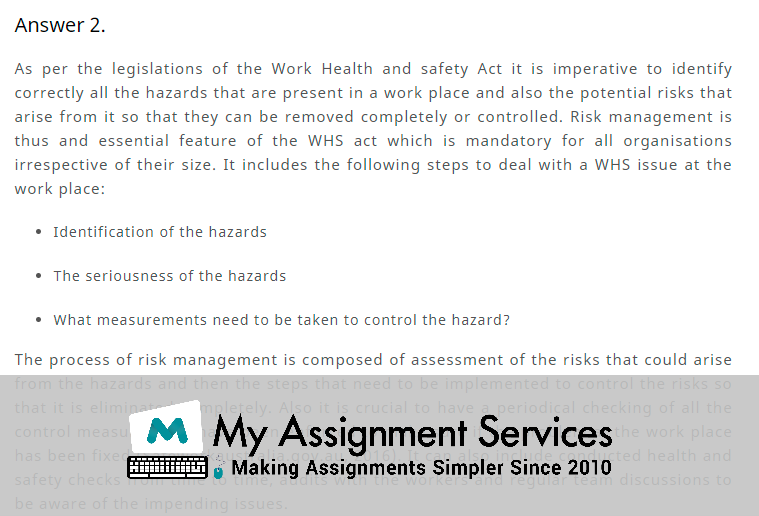
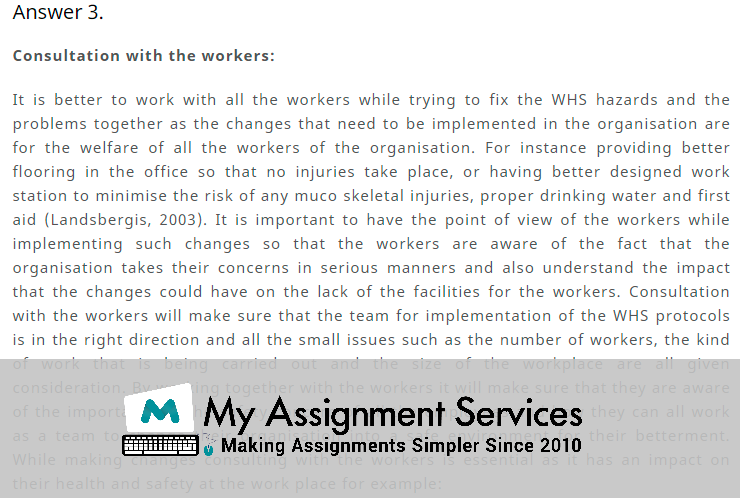
Here's The Assignment Help You've Been Seeking
We discussed a few of the most prominent BSBWHS401 assessment answers. There are various other concepts in this unit that you'll learn, workplace policies and procedures for hazard detection, accidental or arson fire emergencies and evacuation, accident investigation, and more.
These varied concepts might require you to go through various books and resources to find the assessment answers. You might be seeking answers to a specific question, and it can be a challenge to access the exact answer. Also, the questions posed in BSBWHS401 formative assessment answers vary every year, so finding the relevant assignment answers in previous assignments is also challenging.
Did you know that Safe Work Australia developed the Clean Air, Clean Lungs campaign to address occupational lung disease hazards?
You can enrol with us to get absolutely free of cost academic resources and sample solutions to help you compose your assignments. The task might require you to pursue case studies; if you seek help conducting or compiling a case study for the unit, get help from our academic experts.
We offer a live guided session for students at affordable prices; you can enrol by filling out the enrollment form and connecting to one of our experts. It's that easy and accessible. Get management assignment help that doesn't compromise your learning experience; rather,, upgrade it with our experts and score HD.

